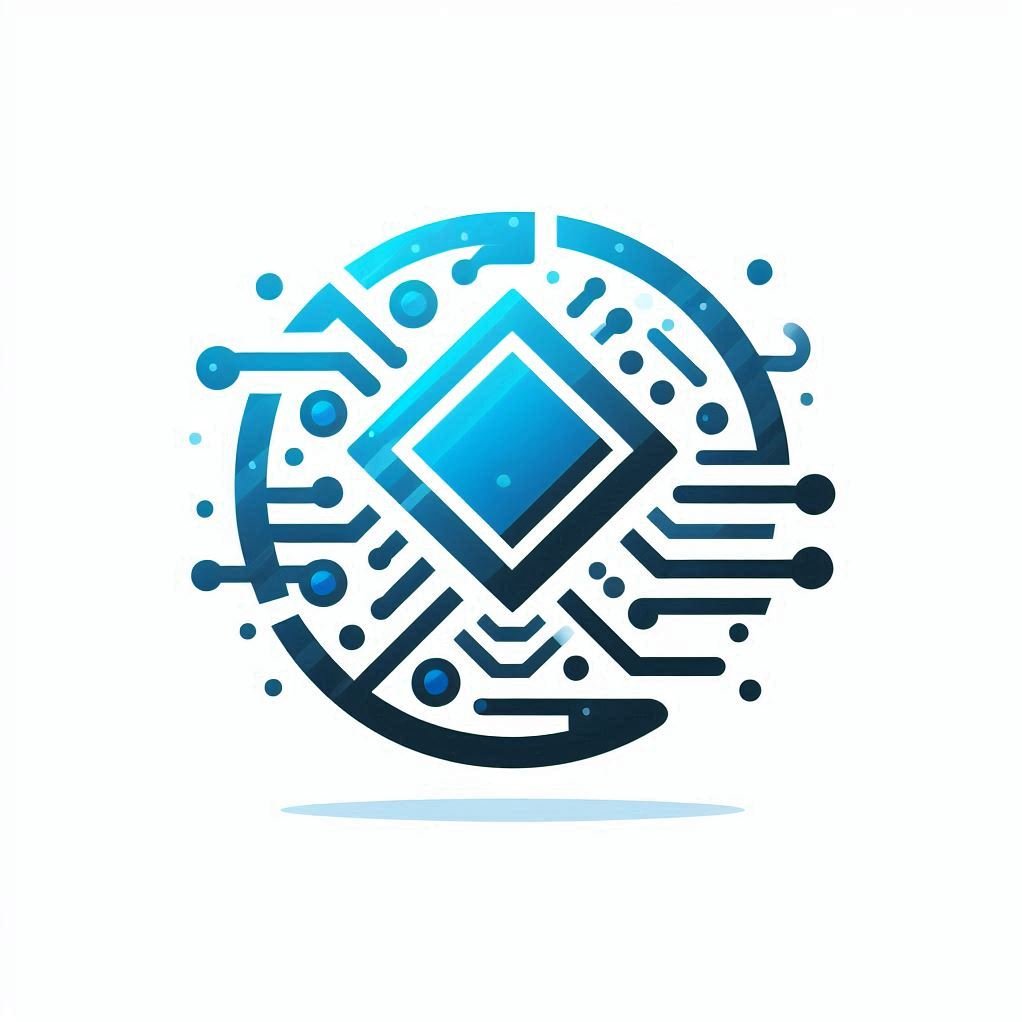Introduction
The Internet of Things (IoT) is transforming the world around us by connecting everyday devices to the internet, allowing them to collect and exchange data. This interconnected network has significant implications for various industries, improving efficiency, convenience, and decision-making processes. In this blog, we will explore the various aspects of IoT, including its applications, benefits, challenges, and future trends.
Internet of Things (IoT) in Agriculture
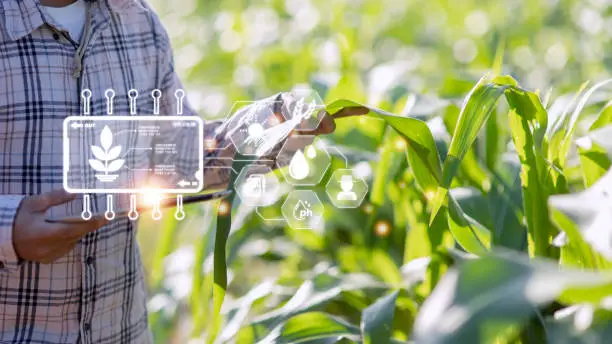
Precision Farming
- Soil Monitoring: Internet of Things (IoT) sensors measure soil conditions, helping farmers optimize irrigation and fertilization.
- Crop Management: IoT devices track crop health, predicting pest infestations and disease outbreaks.
Livestock Monitoring
- Health Tracking: IoT devices monitor the health and activity of livestock, ensuring timely interventions and improving productivity.
- Environmental Control: IoT systems manage barn conditions, such as temperature and humidity, to maintain optimal environments for animals.
Internet of Things (IoT) in Manufacturing
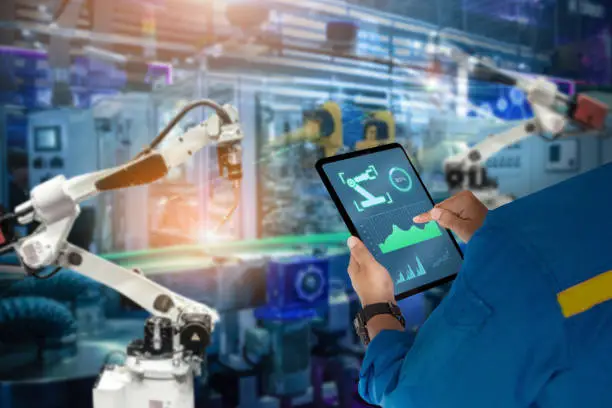
Industrial Automation
- Predictive Maintenance: IoT sensors monitor equipment health, predicting failures before they occur and reducing downtime.
- Quality Control: IoT systems inspect products in real-time, ensuring high-quality standards and reducing waste.
Supply Chain Optimization
- Inventory Management: Internet of Things (IoT) devices track inventory levels, enabling just-in-time production and reducing storage costs.
- Logistics and Tracking: IoT enhances supply chain visibility, improving the efficiency of transportation and delivery processes.
IoT in Transportation
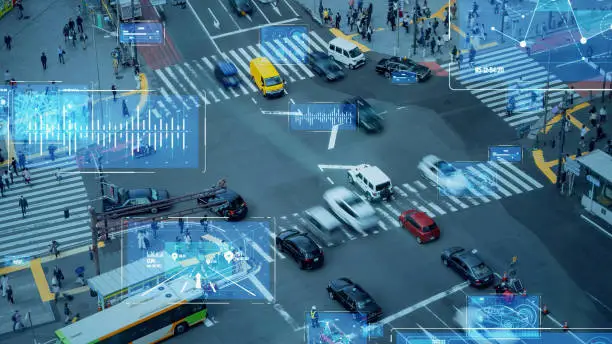
Smart Traffic Management
- Traffic Flow Optimization: IoT sensors monitor traffic conditions, adjusting signals and providing real-time updates to reduce congestion.
- Public Transportation: IoT systems provide real-time tracking of buses and trains, improving the efficiency and convenience of public transit.
Connected Vehicles
- Vehicle-to-Everything (V2X) Communication: IoT enables vehicles to communicate with each other and infrastructure, enhancing safety and reducing accidents.
- Fleet Management: Companies use IoT to monitor and optimize the performance of their vehicle fleets, reducing costs and improving service.
Internet of Things (IoT) in Healthcare
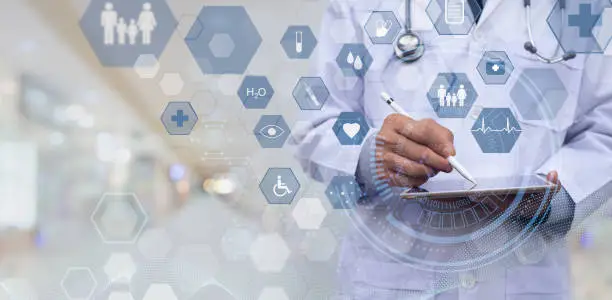
Remote Patient Monitoring
- Wearable Devices: IoT devices such as smartwatches and fitness trackers monitor vital signs and physical activity, sending data to healthcare providers.
- Telemedicine: IoT facilitates virtual consultations, allowing patients to receive care from the comfort of their homes.
IoT in Hospital Management
- Asset Tracking: Hospitals use IoT to track equipment, ensuring it is available when needed.
- Patient Management: IoT systems improve patient care by monitoring bed occupancy, streamlining admissions, and optimizing workflows.
Internet of Things (IoT) in Smart Homes
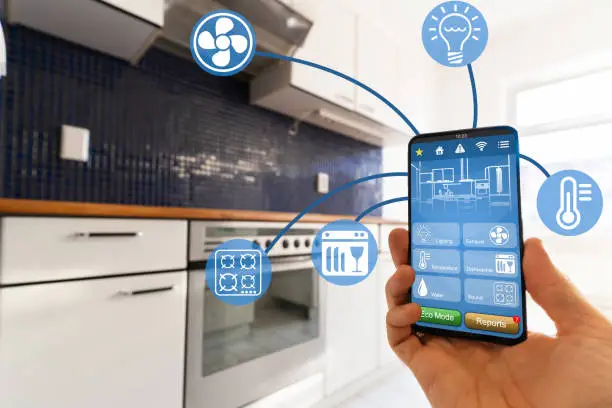
Home Automation with IoT
- Remote Control: IoT enables homeowners to control their devices remotely, from adjusting the thermostat to turning off lights.
- Energy Efficiency: Smart home systems can optimize energy usage, reducing costs and environmental impact.
- Security Systems: IoT enhances home security with smart locks, cameras, and alarm systems that can be monitored remotely.
IoT-Enabled Appliances
- Smart Refrigerators: These appliances can track food inventory, suggest recipes, and even place orders for groceries.
- Connected Washing Machines: Users can start or monitor laundry cycles from their smartphones, ensuring efficient use of time and resources.
Challenges and Future Trends in IoT

Security and Privacy Concerns
- Data Security: Protecting the vast amounts of data generated by IoT devices is a significant challenge.
- Privacy Issues: Ensuring user privacy while collecting and analyzing data is critical to gaining consumer trust.
Future Trends in IoT
- 5G and IoT: The rollout of 5G networks will enhance IoT capabilities, enabling faster and more reliable connections.
- AI Integration: The combination of AI and IoT will lead to smarter systems that can learn and adapt over time.
Conclusion
The Internet of Things (IoT) is revolutionizing the way we live and work, with applications ranging from smart homes to healthcare, transportation, manufacturing, and agriculture. Despite the challenges, the future of IoT looks promising, with advancements in technology paving the way for even greater innovations. As IoT continues to evolve, it will undoubtedly play a crucial role in shaping a more connected and efficient world.
